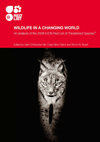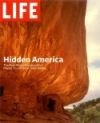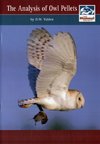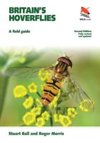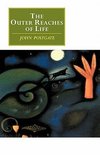
-
 Anglický jazyk
Anglický jazyk
Food habits and prey selection of Leopard in MHNP, Rajasthan, India
Autor: Ganesh Lal
Availability of prey is an important factor to determine the food habit of a carnivore. In the study area, Mukandara Hills National Park, there was very low density of wild ungulates. Leopard scats were collected whenever encountered in the study area. Scats... Viac o knihe
Na objednávku
33.30 €
bežná cena: 37.00 €
O knihe
Availability of prey is an important factor to determine the food habit of a carnivore. In the study area, Mukandara Hills National Park, there was very low density of wild ungulates. Leopard scats were collected whenever encountered in the study area. Scats are commonly used to determine the food habit, as it is non-destructive technique (Bailey, 1993 and Mukherjee et al., 1994). Leopard was the only big cat found in the study area so in the absence of tiger and lion, it was easy to identify its scat from other small predators without any confusion. Prey species were identified based on presence of bone fragments, teeth, nails, feathers, scales, claws and other hard parts. Morphometric analysis of scats shows the availability of leopard diet in this National Park. The prey identified as Common Langur, Jackal, Nilgai, Fox, Wild pig and Domestic dog. The frequency of the percentage occurrence of the prey species. Out of these prey species the maximum hair identified of the common Langur 76.92%, therefore the main diets of leopard refer to Common Langur.
- Vydavateľstvo: LAP Lambert Academic Publishing
- Rok vydania: 2016
- Formát: Paperback
- Rozmer: 220 x 150 mm
- Jazyk: Anglický jazyk
- ISBN: 9783659926150





